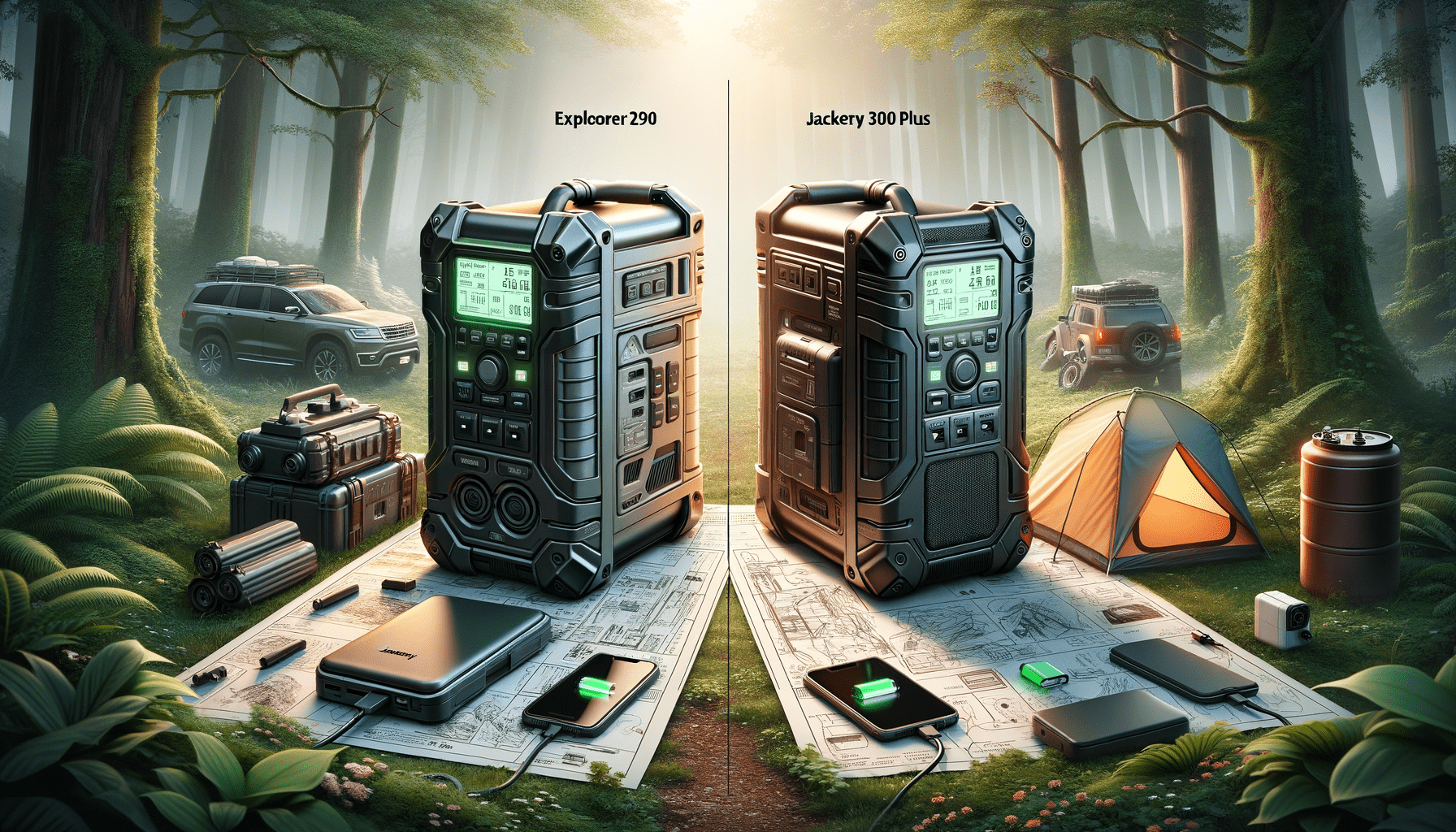Today, we’re diving into a detailed comparison between two popular portable power stations – the EcoFlow River 2 Max and the Renogy 500. For those of you who are keen on having reliable power for off-grid adventures or essential backup at home, stick around as we break down the specs, features, and unique selling points of each model.
Key Specifications Face-off
| Feature | EcoFlow River 2 Max | Renogy 500 |
|---|---|---|
| Battery Chemistry | LiFePO4 (Lithium Iron Phosphate) | Lithium-ion |
| Capacity | 512Wh | 495Wh |
| AC Output | 500W (Boost to 1000W with X-Boost) | 800W Pure Sine Wave |
| Surge Capability | NA | 1600W |
| Optimal Operating Temperature | 68°F to 86°F (20°C to 30°C) | NA |
| Life Cycle | 3000+ cycles to 80%+ capacity | NA |
| Certifications | TÜV Rheinland safety certified | NA |
| Warranty | 5 years | NA |
| Charging Time | 0-100% in 60 minutes via AC | 1-Hour AC Fast Recharge with iTurbo |
| Solar Charging Efficiency | Up to 23% | NA with MPPT Technology |
| Weight | 13.2 lbs | 16.71 lbs |
| Dimensions (inches) | 10.6 x 10.2 x 7.7 | 12.76 x 8.19 x 9.43 |
| Design | Portable with user-friendly handle | Compact and versatile |
| Charging Options | AC, Car, Solar, USB-C | AC, Solar, Car (not specified for USB-C) |
| Backup Capability | EPS Auto-switch <30ms | Quick recharge, <20ms transfer |
| Connectivity | EcoFlow App | DC HOME App |
These specs alone can provide you with a glimpse of how each power station functions, but let’s jump in to analyze their features more closely.
Battery Life and Efficiency
The EcoFlow River 2 Max stands out with its long-lasting LiFePO4 battery chemistry and impressive 3000+ cycles to 80% capacity. If you’re looking for longevity, this might sway your decision. Meanwhile, the Renogy 500 boasts a high-capacity lithium-ion battery coupled with an 800W pure sine wave inverter, promising to smoothly power even sensitive electronics.
Charging Capabilities and Speed
Both power stations offer fast charging options, with the River 2 Max fully charging in just 60 minutes via an AC outlet. The Renogy 500 isn’t far behind with its iTurbo technology ensuring a full recharge within an hour. However, EcoFlow’s solar panel compatibility and 23% solar conversion rate might tip the scale if solar charging is a priority for you.
Portability and Design
When it comes to portability, the River 2 Max has a slight edge, being lighter and more compact. If you’re often on the move, this is an aspect worth considering. Both models present functional designs, but the River 2 Max’s user-friendly handle makes it a little more travel-ready.
Backup Power and Usability
Both units have an emphasis on backup power usability. The EcoFlow River 2 Max’s EPS Auto-switch assures a quick transition during power outages, while the Renogy’s quick recharge and uninterrupted power supply functionality show it’s also built for emergency use. This round may well end in a tie, depending on your specific power needs.


Wrapping up, both the EcoFlow River 2 Max and the Renogy 500 offer unique sets of features that can cater to different user demands. The decision ultimately hinges on your specific needs, whether it’s the superior battery technology and weight of the EcoFlow, or the more powerful AC output and expansion capabilities of the Renogy 500. Consider your priorities, and choose wisely!


Leave a Reply